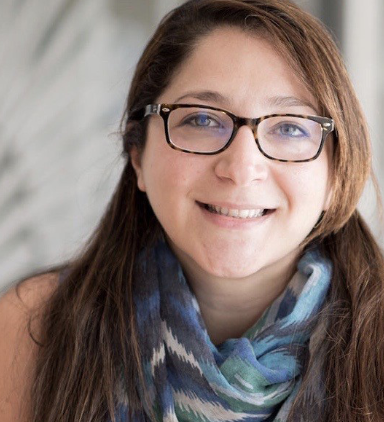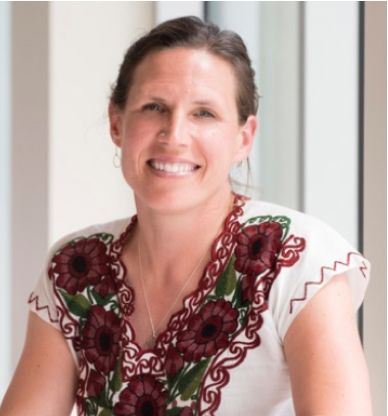by Julia Mahfouz and Vanessa Anthony-Stevens
Recently, one of the authors sat in a kindergarten classroom in a public school in a sovereign tribal nation in Idaho, alongside a half-dozen in-service and pre-service teachers. During this early morning professional development session, committed, hardworking, and well-meaning teachers assessed students’ literacy benchmarks and social and emotional needs. In addition to mapping the curriculum, the teachers (who were not members of the Indigenous1 community they served) shared how their young students need to learn “the basics” in academic skills, such as how to hold a pencil or write letters from left to right. A lack of social and emotional stability in households was described as an obstacle that students must overcome in order to achieve “normal” school performance. These conversations, while undoubtedly well-intentioned, reflected deficit views of “culturally different” people and those impacted by poverty, a phenomenon deeply embedded in the Eurocentric bias of foundational theories of learning and successful school performance (Delpit, 2006).
The professional development goals of many K-12 schools in Idaho include attending to social and emotional learning (SEL) in the classroom. Teachers justify this goal with statements that attempt to recognize social and emotional stress in the lives of children, such as: “Our students are coming to school with so much trauma,” “They come to school with few skills,” or “Our job as teachers is to help these kids become more resilient.” Classroom features such as soft lighting, yoga balls, and neatly decorated Pinterest-inspired word walls with statements like “You are beautiful” or “Believe in yourself” are marked displays of teachers attempting to adopt SEL strategies to minimize stress and anxiety and elevate self-perception among youth in school.
Read the Full Essay
 Julia Mahfouz, PhD, is an Assistant Professor in the Educational Leadership Program, Department of Leadership and Counseling at the University of Idaho. Mahfouz’s research interests include exploring the social and emotional dynamics of educational settings and their effect on school climate. Her work seeks to deepen our understanding of social-emotional learning (SEL) through lenses of intervention implementation, school improvement efforts, and preparation of school leaders. She also focuses on enhancing the principals’ social-emotional competencies and their capacity to cultivate a supportive learning environment for improved student outcomes and overall school improvement.
Julia Mahfouz, PhD, is an Assistant Professor in the Educational Leadership Program, Department of Leadership and Counseling at the University of Idaho. Mahfouz’s research interests include exploring the social and emotional dynamics of educational settings and their effect on school climate. Her work seeks to deepen our understanding of social-emotional learning (SEL) through lenses of intervention implementation, school improvement efforts, and preparation of school leaders. She also focuses on enhancing the principals’ social-emotional competencies and their capacity to cultivate a supportive learning environment for improved student outcomes and overall school improvement.